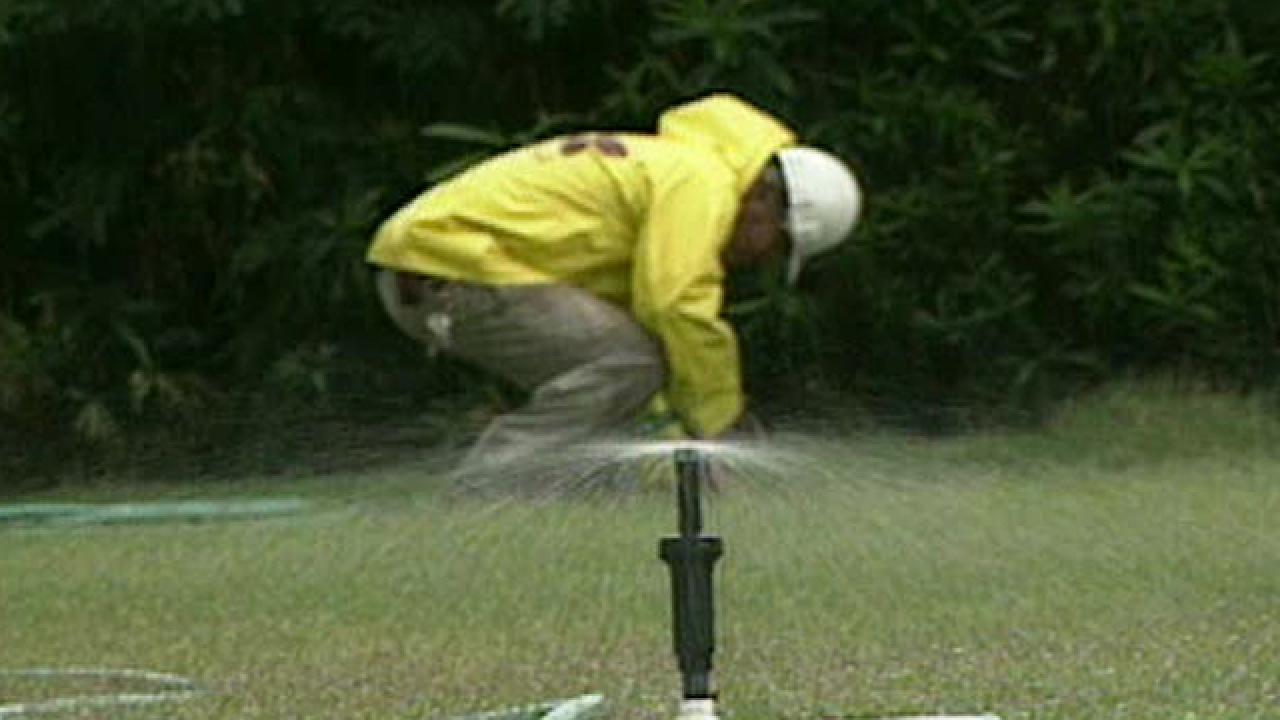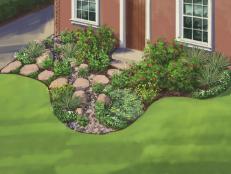Xeriscaping Basics: Landscaping Strategies That Save Water
The average American family of four uses 60 gallons of water per day — almost 22,000 gallons per year — just to water the lawn and garden. Experts estimate that up to half of that water goes to waste due to evaporation, wind, improper system design or overwatering. Converting to a water-wise landscape can reduce outdoor water use by as much as 50 percent.
Enter Xeriscaping (zer-i-skaping), a term coined in 1981 by a group of professionals from the landscape and water industries in Colorado that combines the Greek xeros, meaning dry, and landscape. Essentially, Xeriscaping is a sustainable form of landscaping that conserves water, protects the environment and results in less overall maintenance on the landscape.
Ken Ball, ASLA LLA, a landscape architect and owner of Mountain Spirit Studio in Denver, was part of the original Xeriscaping team in the 1980s that developed the seven principles of Xeriscaping:
1. Plan and design. A good landscape starts with a plan that maps out water-saving strategies, plants and hardscapes appropriate for the regional climate and microclimate, Ken says. Xeriscaping can be done on a new landscape or retrofitted to an existing one.
2. Select and zone plants. Choose plants that will flourish in the regional climate and microclimate, but that don't require a lot of water. That doesn't necessarily mean native plants, Ken says. "You don't have to use natives to be effective. Some native plants require a lot of water," he explains. "Choose plants based on the soil conditions, environmental factors, slope, space available, etc., not just whether it's native to the area."
3. Limit turf areas. Traditional bluegrass makes up approximately 80 precent to 90 percent of landscapes, and it's thirstier than most garden plants. Either physically eliminate turf by converting grass to low-water plants, which adds interest and diversity while cutting down water use, or by changing grass species, Ken says. For example, a hybrid strain of Kentucky bluegrass, called Bella, grows to a height of 4 inches. It requires about 30 percent less water and half as much mowing as regular grass.
4. Improve the soil. Healthy soil is the key to healthy plants. Rich, organic soil better absorbs water, encourages deeper roots and decreases water runoff. In most areas of the country, improving the soil means adding organic materials, Ken says.
5. Irrigate efficiently. Group plants according to their water requirements, creating zones for grass, shrubs and flower and vegetable beds. Use drip irrigation or a soaker hose to direct water into the soil instead of on the leaves, where it's often lost to evaporation. Ken also recommends staying current with the most recent advances in irrigation technology, a rapidly changing field.
6. Use mulches. Mulch is a low-tech way to retain moisture, keep plants cool, minimize evaporation and reduce weed growth. The bonus: It beautifies the planting bed.
7. Maintain the landscape. Fortunately, Xeriscaping makes this last step easy. "I have an old saying: The further you take a design from the natural in any environment, the more maintenance you have to apply forever. If you don't, Mother Nature will reclaim the site," Ken says. "Xeriscaping not only saves water, but it improves sustainability of the garden overall by reducing the amount of mowing, watering and maintenance the yard requires."














































